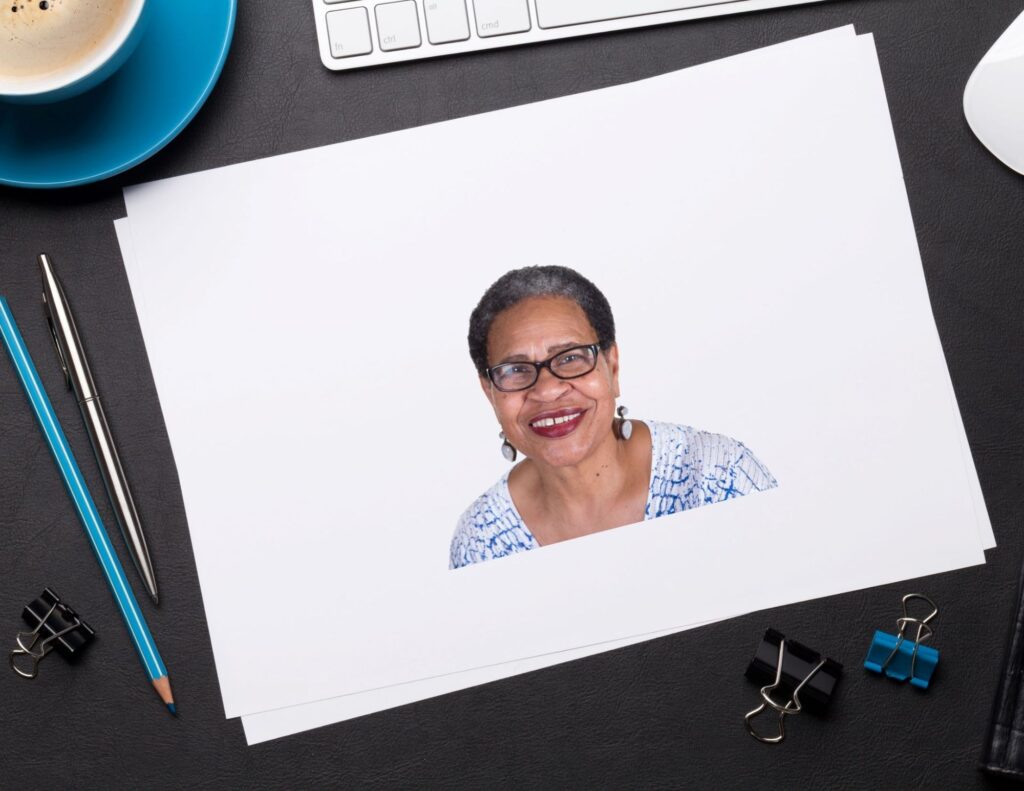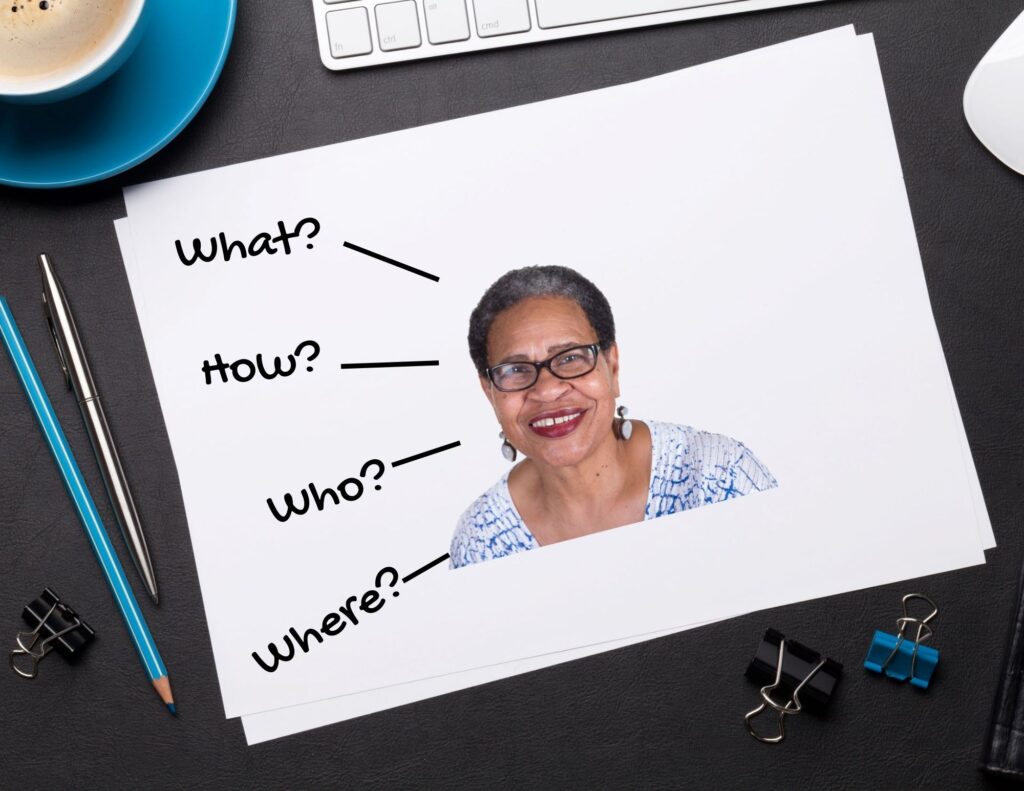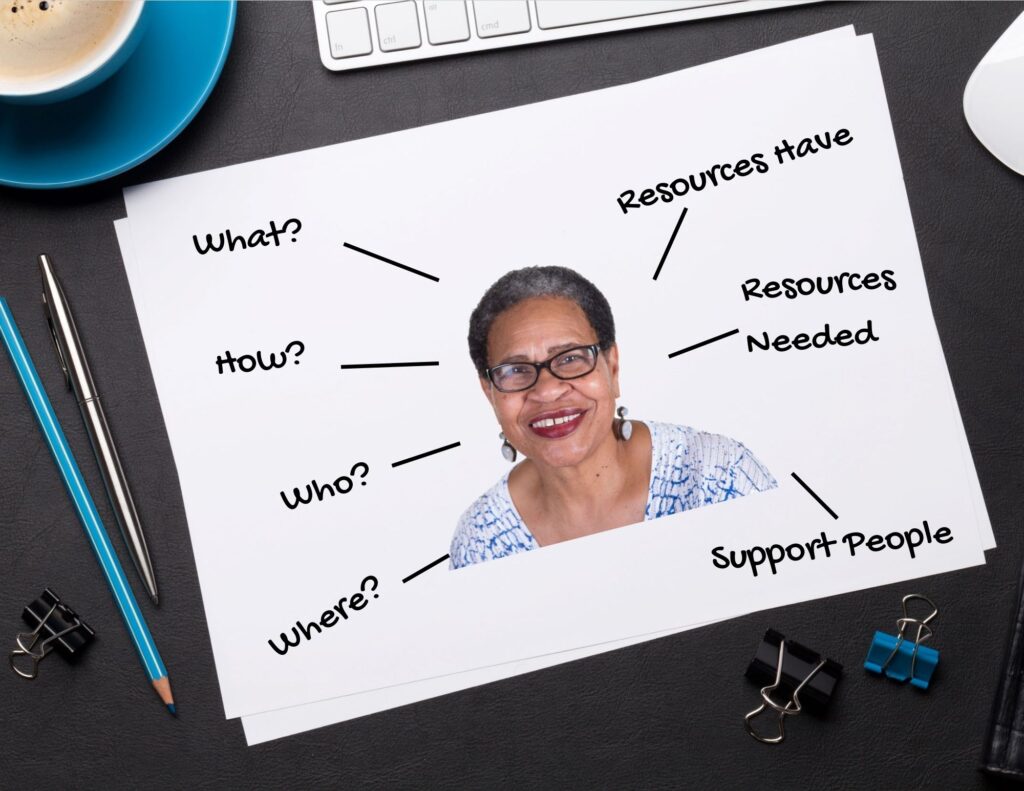“Blank Paper” Planning
One way to incorporate a person-centered service plan is to view the plan as a blank paper.
Step 2:
You start with the person first and design a future based on what makes sense for that individual.
Focus is put on:
- How the person wants to live.
- The person’s desired life, based on their preferences and values.
- The supports necessary to achieve the desired life.
- The individual’s gifts, abilities, and personal control.
Step 3:
Design is then based on what, how, who, and where.
The desired outcomes of the support are identified by the person and their loved ones. The person and their closest family or friends actively participate in the full development of the plan. The plan will also evolve over time when the support and preferences of the person change. The overarching goal is to achieve a balance between personal preferences and health, safety, and social rules.
Step 4:
Development of the plan will require resource development, intention, and invitation. Resources will need to be identified and developed to figure out how something will work for the person. Support people will be identified to help take action and assist in the movement and achievement of the plan.
For example, including rehabilitation or assistive technology experts in the planning process to explain how technology can assist in achieving a particular aspect of a person’s desired future related to work or where they might live would require both intention and invitation. Figuring out how to pay for the assistive technology would require resource development.




